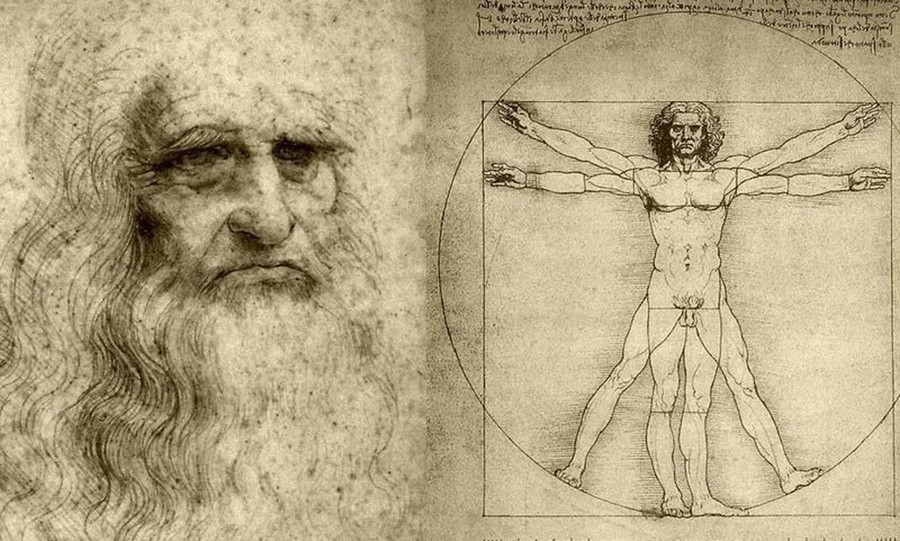For many years, researchers have been finding early Eocene bat fossils in Wyoming's Green River Formation, a well-known fossil site. Generally speaking, it was believed that the fossils represented just two species, the first of which was recognized and given a name in 1966.
Photo of a newly described bat skeleton representing Icaronycteris gunnelli. This specimen is the holotype, the name-bearing representative of a new species, and is in the American Museum of Natural History’s research collections.
Nancy Simmons, a museum curator who contributed to the 2008 description of the second species, had her concerns. She explains, "I always thought there must be even more species there."
So did scientists at the Naturalis Biodiversity Center in Leiden, Netherlands, who just started looking more closely at the bat species called Icaronycteris index that had been described in 1966.
Tim Rietbergen, an evolutionary biologist at Naturalis, started taking measurements and other information from museum specimens after wondering why so many bats that have been identified as Icaronycteris index had been collected by paleontologists.
Reitbergen's involvement with the Museum led to him learning about a new skeleton, an unusually well-preserved fossil that had been acquired by the Museum in 2017 from a private collector.
When compared to the other fossils in Rietbergen's dataset, it became clear that the 2017 specimen belonged to a distinct species. It was also determined that a second fossil skeleton found in the same quarry in 1994 and now housed in the Royal Ontario Museum's collections belonged to the same new species, which was given the name Icaronycteris gunnelli in memory of the late naturalist Gregg Gunnell. Today, the journal PLOS One released a research describing the new species.
The two I. gunnelli fossils are the oldest bat skeletons ever discovered, dating back 52 million years, although there are somewhat older fossilized bat teeth from Asia.







